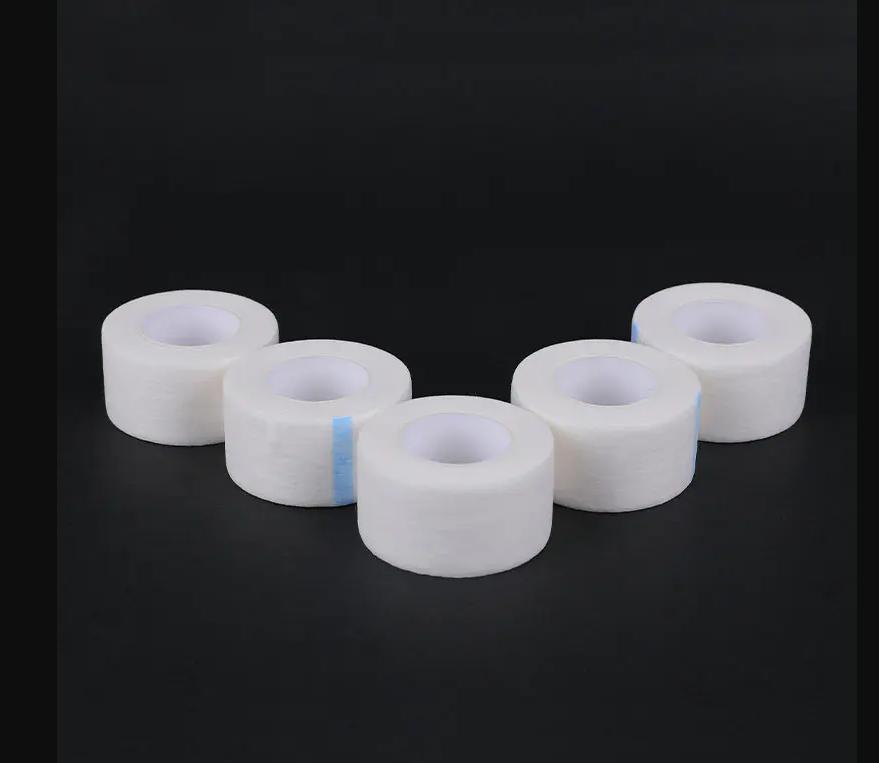When it comes to managing scars, especially for those with sensitive skin, the choice of treatment is crucial. Silicone Scar Reducing Tape has gained popularity as a non-invasive and convenient option for minimizing the appearance of scars. However, one common concern is whether this type of tape is suitable for individuals with sensitive skin. Understanding the characteristics of Silicone Scar Reducing Tape and how it interacts with delicate skin can help users make an informed decision.
Silicone Scar Reducing Tape is made primarily from medical-grade silicone, a material known for its gentle properties and skin compatibility. Silicone has long been used in wound care and scar management due to its ability to create a protective barrier that maintains hydration and promotes healing. This tape adheres to the skin without irritating most people, but those with sensitive skin often worry about potential allergic reactions or discomfort.
For sensitive skin, the hypoallergenic nature of the tape is a significant advantage. Medical-grade silicone is generally well-tolerated and rarely causes allergic responses. The adhesive used in high-quality silicone scar tapes is designed to be gentle, reducing the risk of redness, itching, or inflammation. However, skin sensitivity varies among individuals, and some might still experience mild irritation, especially if the tape is worn for extended periods or applied to broken skin.
One reason Silicone Scar Reducing Tape is often recommended for sensitive skin is its breathability. The tape allows some air exchange, which helps prevent excessive moisture buildup that can lead to maceration or skin breakdown. This feature is particularly important for those prone to skin irritation. Additionally, the tape’s silicone surface helps maintain an optimal environment for scar tissue remodeling without harsh chemicals or invasive procedures.
To ensure the tape is suitable, it is advisable to perform a patch test before regular use. Applying a small piece of the tape to a less visible area and monitoring for any adverse reactions over 24 to 48 hours can help determine skin compatibility. If no irritation occurs, the tape can generally be used safely on the scar area.
Another important consideration for sensitive skin users is the duration and frequency of application. Although Silicone Scar Reducing Tape is designed for continuous wear, it is recommended to follow the manufacturer's guidelines and consult with healthcare professionals. Regular skin checks are essential to identify any signs of irritation early. If redness, itching, or discomfort develops, temporarily discontinuing use and allowing the skin to recover is important.
Overall, Silicone Scar Reducing Tape can be a suitable option for individuals with sensitive skin due to its gentle materials and design. Many users with delicate skin types have reported positive outcomes with minimal side effects. It offers a convenient, pain-free way to support the natural healing process and improve the appearance of scars without aggressive treatments.
However, it is crucial to choose a high-quality tape from reputable manufacturers to ensure the hypoallergenic properties are met. Inferior products with harsh adhesives or low-grade silicone may increase the risk of skin irritation. Consulting with a dermatologist or medical professional can provide personalized advice tailored to individual skin conditions and scar types.
In conclusion, while sensitivity levels differ among individuals, Silicone Scar Reducing Tape is generally safe and effective for use on sensitive skin. With proper testing and adherence to usage recommendations, it can serve as a valuable tool in scar management, promoting healing and reducing visible scar tissue while minimizing the risk of adverse skin reactions.
